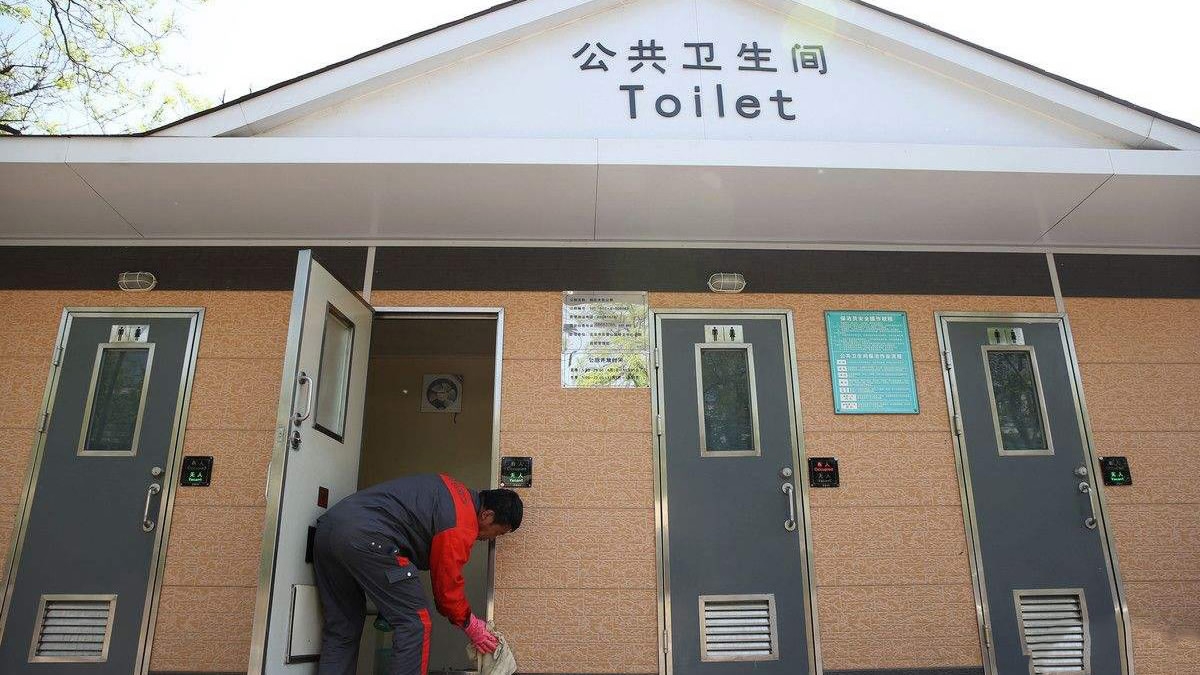
China
23:12, 28-Nov-2017
The 'toilet revolution': What do improved toilets look like nationwide?
By Chen Xiaoshu

In previous statements Chinese President Xi Jinping has said that China's toilet problem "is not a small thing," and cleaning up is necessary to create a "civilized" urban, and rural environment.
The "toilet revolution" Xi is referring to is not only a matter of capital input and reconstruction, but also touches on issues of respect and human dignity.
"A nose can guide a person to find the way to the toilet," was a common expression in the 1980s, vividly describing what toilets were like only 20 years ago.
In the past, there was no planning, design or standards, when it came to toilets. Poor sanitary conditions, lack of maintenance and people's awareness of environmental protection were all major issues. And it was during this time that the term "toilet revolution" first made its appearance.
Fast forward to today, where widespread barrier-free facilities, unisex toilets, and the application of high-tech environmental protection technology, are helping advance the toilet revolution.
At the Taihang mountain scenic area in Shanxi Province, barrier-free facilities have solved many problems for the disabled. In Chongqing, unisex toilets have helped mothers do their business, while still being able to care for their accompanying toddlers.
And in the city of Jiangyin, the local community has installed biotechnology instruments to turn one drop of water into a thousand drops. Using high velocity foam to clean sanitary wares can both save water and isolate bacterial transmission effectively.
People now view China's public toilet infrastructure in a different light. A school in Yopurga County in southern Xinjiang has witnessed these changes.
A local teacher said, "Children's civilization awareness has improved which makes both teachers and students very happy. Now both cold and warm water are available in the toilet. That's very convenient. Students love clean toilets and like washing their hands more frequently."

SITEMAP
Copyright © 2018 CGTN. Beijing ICP prepared NO.16065310-3
Copyright © 2018 CGTN. Beijing ICP prepared NO.16065310-3